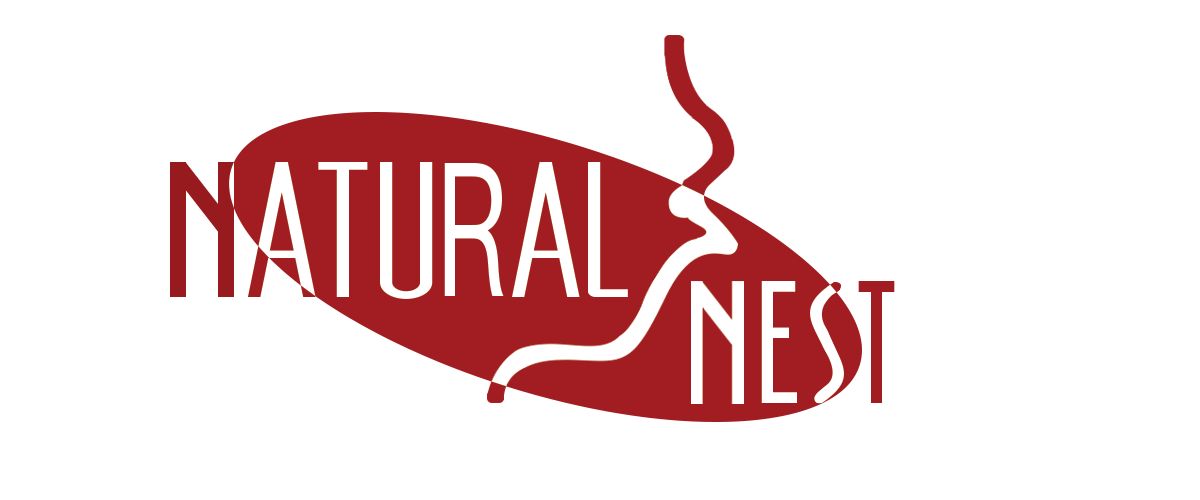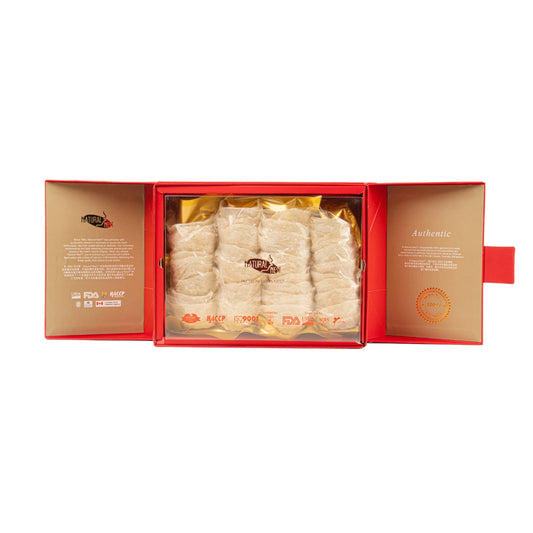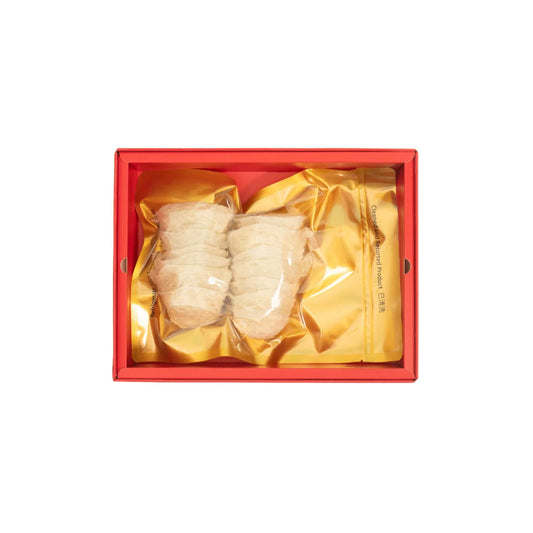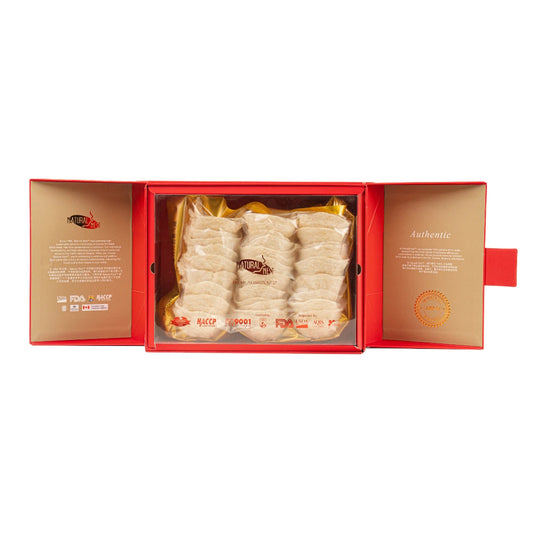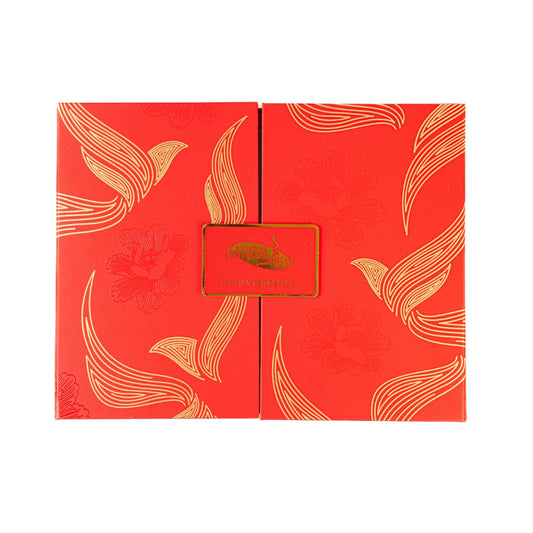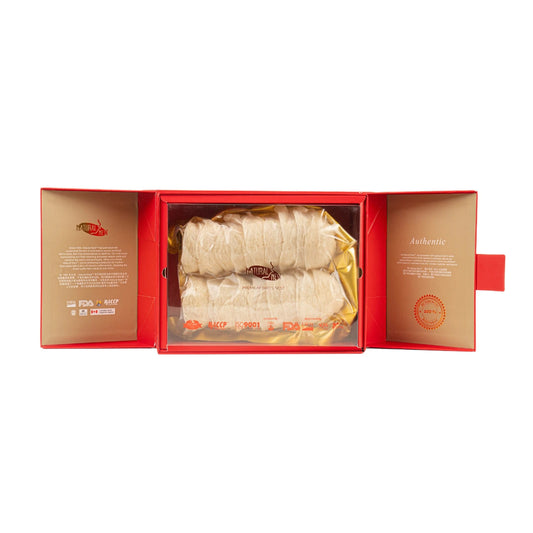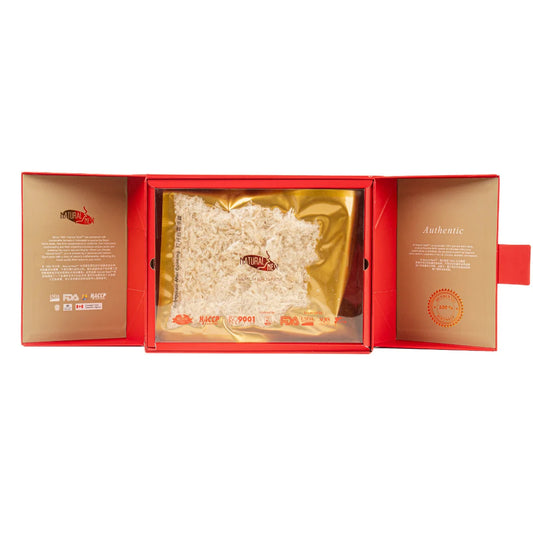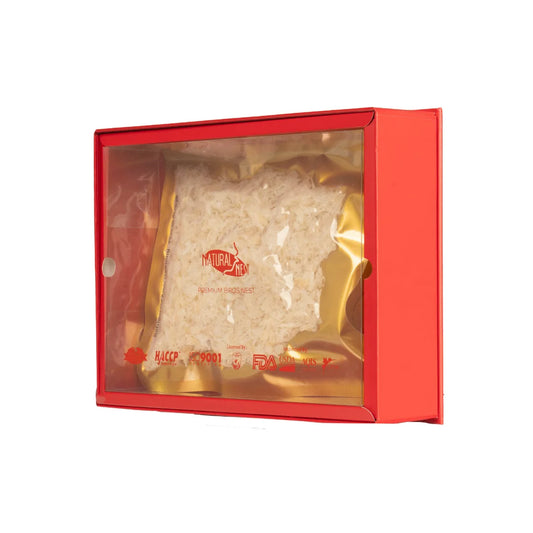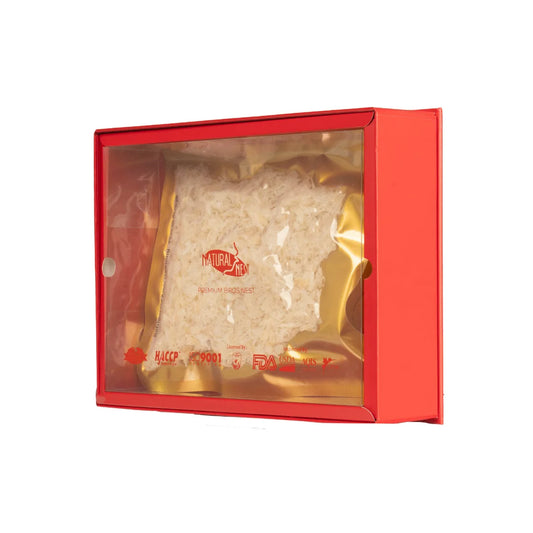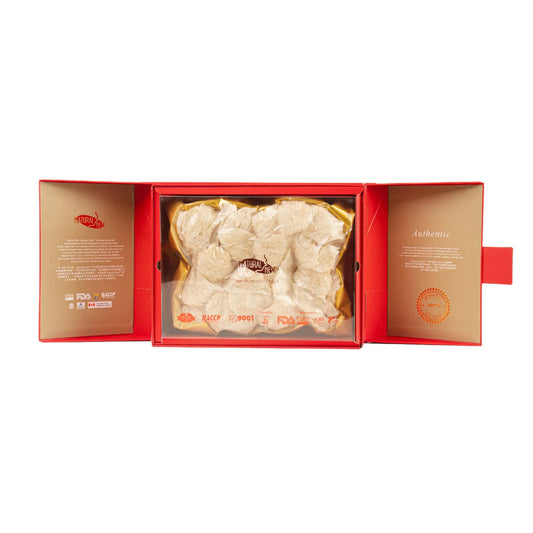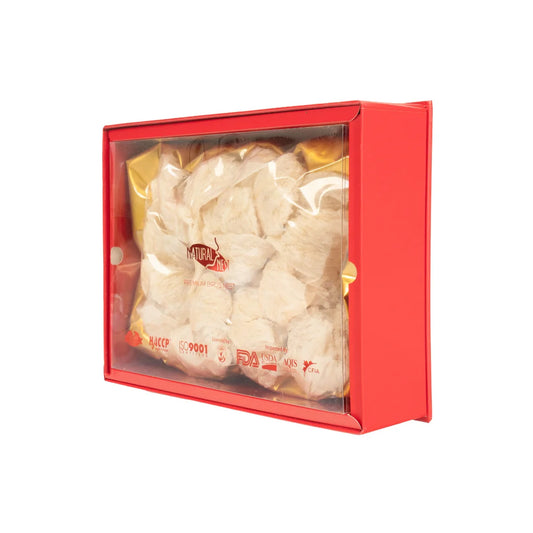Edible bird’s nests, considered one of the most luxurious delicacies in Chinese cuisine and traditional medicine, have an unusual origin that often piques curiosity. The nests, predominantly from birds in the Swift family, are indeed made from bird saliva. Specifically, male swiftlets (birds from the family Apodidae) produce a specialized secretion, rich in glycoproteins, which solidifies upon exposure to air, forming the structural component of the nest.

The Unique Composition of Edible Bird’s Nests
The glycoprotein secreted by male swiftlets acts as a natural adhesive. This substance is secreted from a pair of glands located beneath the bird’s tongue, and as the saliva hardens, it forms a cement-like structure that the swiftlets use to build their nests. Unlike typical bird nests made from twigs or leaves, swiftlets rely solely on their saliva, making these nests biologically distinct.
The primary component of this nest is glycoprotein, a compound made up of sugar and protein molecules, which gives it a firm texture when dry. This glycoprotein is believed to hold the secret to the nests’ widely praised health benefits. Rich in essential amino acids, minerals, and antioxidants, edible bird's nests are celebrated for their potential anti-aging properties and ability to promote skin regeneration.
How Are Edible Bird’s Nests Harvested and Prepared?
Once the nests are harvested from caves or purpose-built bird houses, they undergo a meticulous cleaning process to ensure they are safe for consumption. This involves soaking the nests in purified water to soften them and remove impurities like hair, feathers, or debris. Since swiftlets live in caves or birdhouses, their nests often include small amounts of natural debris from their surroundings, which must be thoroughly removed. Skilled workers then carefully clean the nests by hand, picking out unwanted materials, ensuring that the nests are in their purest form before being prepared for culinary use.
It’s worth noting that while these nests are referred to as "bird's nests," they are not traditional nests with twigs, leaves, or mud. They are primarily composed of this hardened secretion, which some liken to "bird spit," but in reality, it is a complex and biologically rich glycoprotein substance produced by the birds for nest building.
Edible Bird’s Nest in Chinese Culture
Edible bird’s nests have a rich history in Chinese culture, dating back over a thousand years. Known as "yan wo" in Chinese, they were once reserved exclusively for royalty and the elite due to their rarity and labor-intensive harvest process. Bird's nest soup, one of the most popular dishes made from these nests, was believed to enhance longevity, boost immune function, and promote youthful skin. It was often served to emperors and members of the royal court, as it was believed to provide both physical and spiritual nourishment.
In traditional Chinese medicine (TCM), bird's nests are considered a "heavenly" food, used to nourish the lungs, improve digestion, and boost overall vitality. Over time, the consumption of edible bird's nests spread beyond royalty, becoming more accessible while still maintaining its status as a symbol of luxury and health.
Health Benefits of Edible Bird’s Nests
The glycoprotein content in bird’s nests is believed to contribute to several health benefits:
- Anti-Aging: The nests are rich in epidermal growth factor (EGF), which promotes skin regeneration and improves skin elasticity, reducing wrinkles and signs of aging.
- Immune System Boost: The amino acids and proteins found in edible bird’s nests are thought to strengthen the immune system and increase resistance to illness.
- Lung Health: In TCM, bird’s nests are used to treat respiratory issues like asthma, chronic cough, and even improve lung function.
- Digestive Aid: They are also believed to soothe the digestive tract, making them beneficial for people with digestive disorders or issues like acid reflux.
Cooking and Consumption
Before edible bird's nests are consumed, they are typically softened through soaking and then simmered into a delicate soup. Bird’s nest soup is the most common preparation, often cooked with rock sugar, resulting in a gelatinous texture that is both nutritious and flavorful.
Although modern preparation techniques have simplified the process, it remains an intricate and expensive delicacy, with prices reflecting the careful harvesting, cleaning, and culinary preparation required.
The Takeaway: Yes, It’s Made of Bird Spit
To directly address the common question: Yes, edible bird’s nests are essentially made of bird spit—or, more precisely, the glycoprotein-rich secretion from male swiftlets. While this might sound unusual at first, the nests have been cherished for centuries not only for their unique composition but also for the array of health benefits they offer. These nests represent a fascinating intersection of nature and culture, symbolizing both a rare biological marvel and a luxury food item treasured in Chinese tradition.
